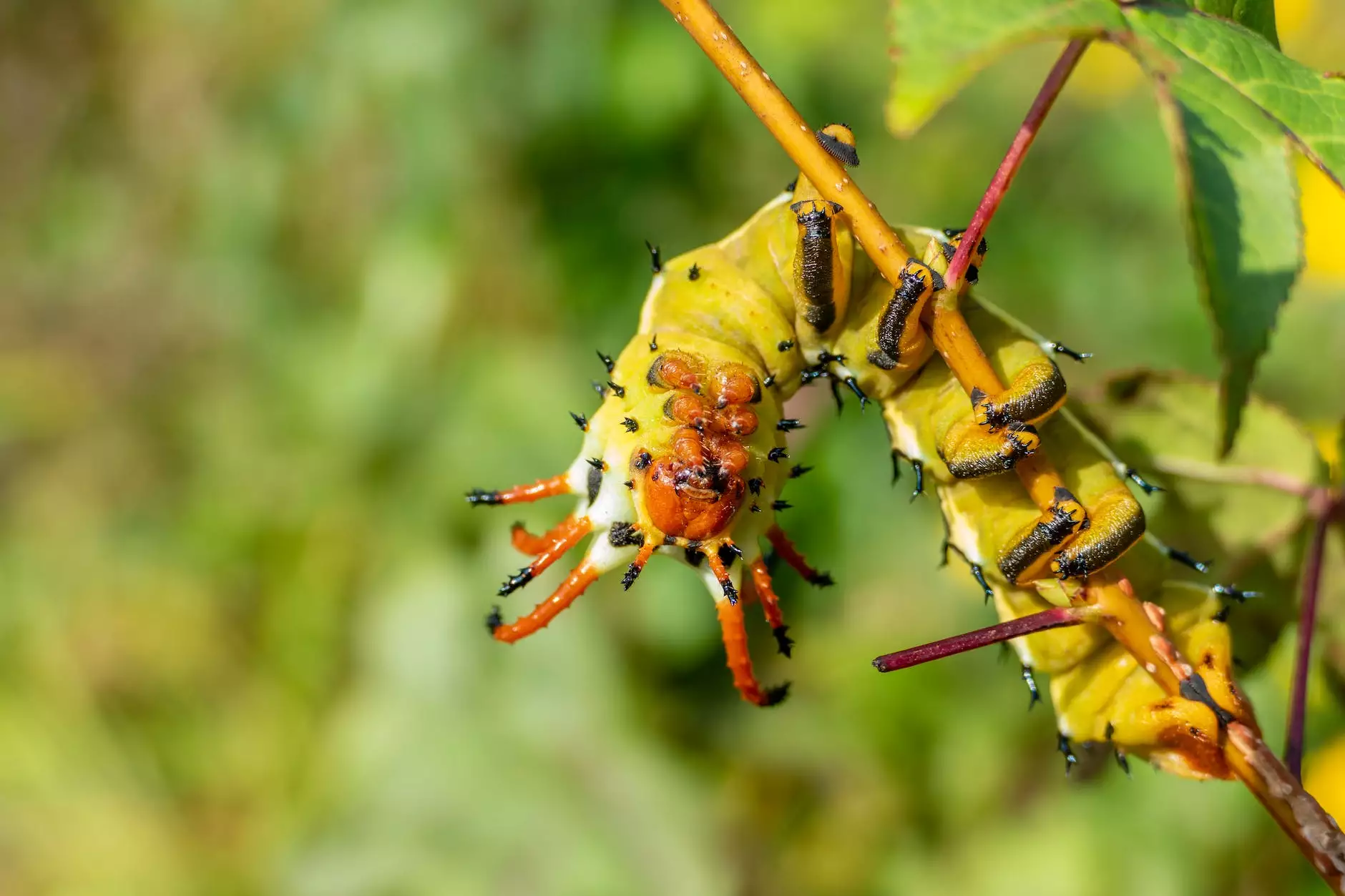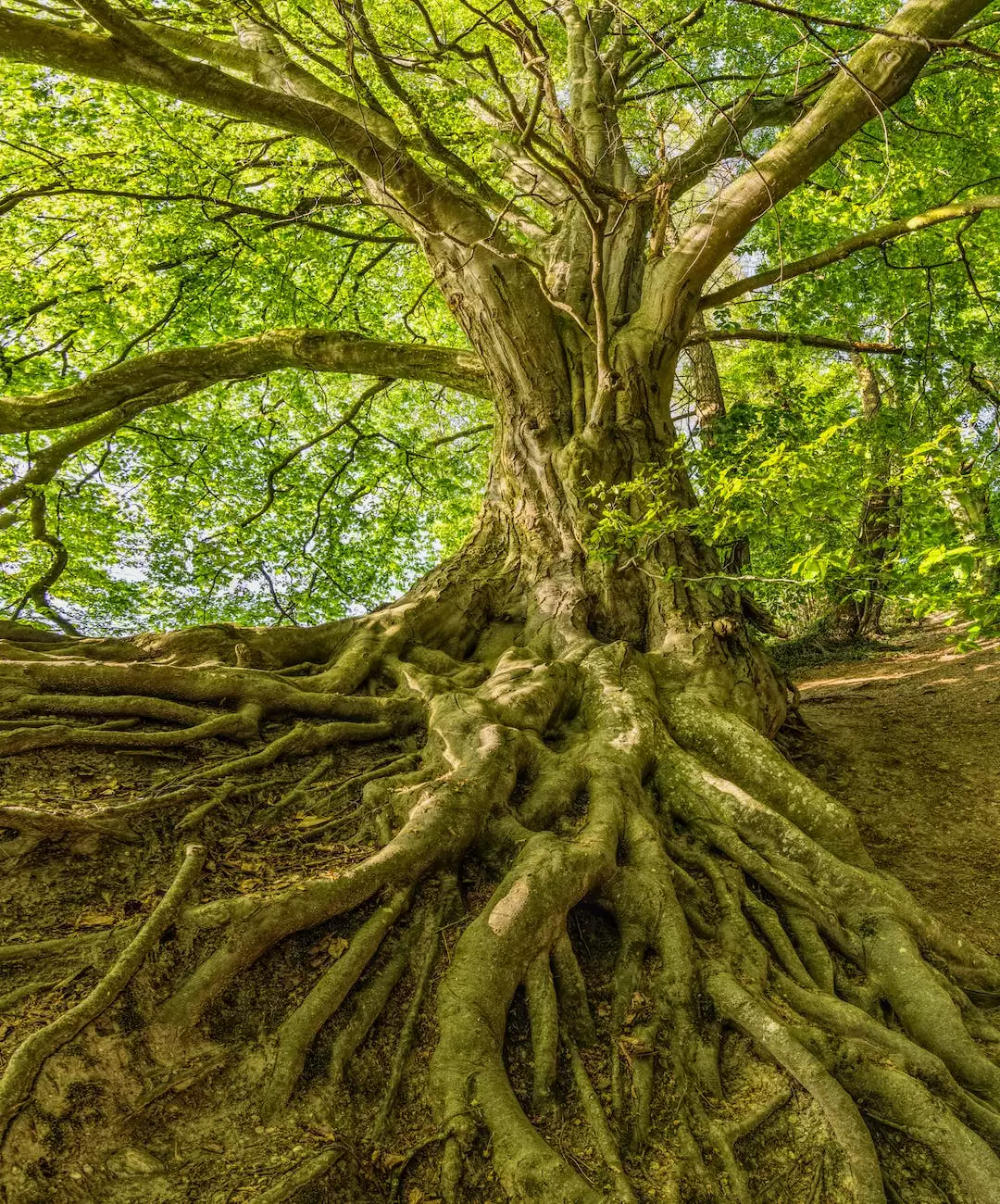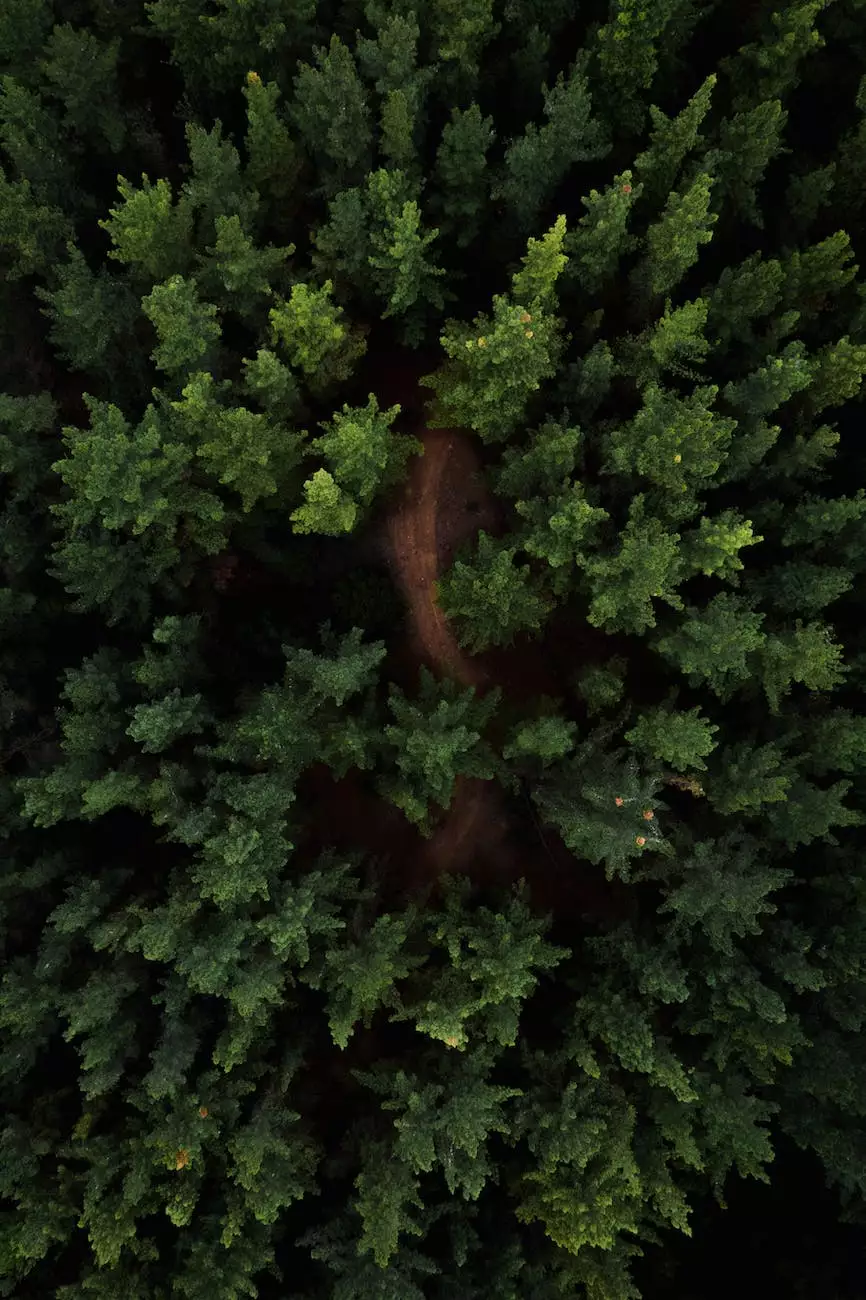Insect Spotlight: Hickory Horned Devil Caterpillar
Blog
Introduction
Welcome to the fascinating world of the Hickory Horned Devil Caterpillar, an intriguing creature that captures the attention of both nature enthusiasts and curious observers. In this article, we will explore the unique features, behavior, and importance of the Hickory Horned Devil Caterpillar in the ecosystem.
The Hickory Horned Devil Caterpillar
The Hickory Horned Devil Caterpillar, scientifically known as Citheronia regalis, is one of the largest caterpillars found in North America. With its striking appearance and impressive size, it has become an engaging subject of interest for entomologists and nature lovers alike.
Appearance
Measuring up to 6 inches in length, the Hickory Horned Devil Caterpillar is a formidable creature. Its vibrant green body is covered in numerous intimidating, horn-like spines that serve as a defense mechanism against potential predators. These spines may appear fierce, but they are harmless to humans, so rest assured when observing them in their natural habitat.
Behavior
Despite its intimidating appearance, the Hickory Horned Devil Caterpillar is known to be relatively docile. It spends its time high up in the trees, feeding on the leaves of various hardwood trees such as hickory, walnut, and ash. During its feeding stage, this caterpillar consumes an impressive amount of foliage to sustain its growth and development before transitioning into its pupal stage.
Ecological Importance
The Hickory Horned Devil Caterpillar plays a vital role in the ecosystem. As a leaf-consuming caterpillar, it helps control the population of certain tree species and affects the overall balance of the forest ecosystem. By regulating tree growth and helping to prevent overcrowding, it contributes to a healthier and more sustainable environment.
Life Cycle
The life cycle of the Hickory Horned Devil Caterpillar revolves around four distinct stages: egg, larva, pupa, and adult. Female moths lay their eggs on the surfaces of tree leaves, and after a few weeks, the eggs hatch into larvae, known as the Hickory Horned Devil Caterpillar. During the larval stage, the caterpillar feeds voraciously, reaching its maximum size before spinning a cocoon and entering the pupal stage. After a period of metamorphosis, the adult moth emerges, completing the life cycle.
Conservation
While the Hickory Horned Devil Caterpillar is not considered endangered, its natural habitats face various human-induced threats. Urbanization, deforestation, and climate change contribute to the declining availability of suitable habitats for this majestic creature. It is important for us to appreciate and protect the environments in which these caterpillars thrive to ensure their continued presence in our ecosystems.
Kodiak Tree Experts: Your Tree Service Professionals
Kodiak Tree Experts is a trusted name in the tree care industry, offering comprehensive services tailored to both business and consumer needs. Our team of skilled arborists and tree care specialists is equipped to handle a wide range of tree-related challenges, including pest control, disease management, and tree maintenance. With years of experience and a deep understanding of the intricate needs of trees, we are committed to providing expert advice and assistance to preserve the beauty and health of your trees.
Contact Us
If you have any questions about tree care, including inquiries about the Hickory Horned Devil Caterpillar or any other tree-related topics, feel free to reach out to us. Our knowledgeable team is here to address your concerns and provide effective solutions. Contact Kodiak Tree Experts today for all your tree service needs!




